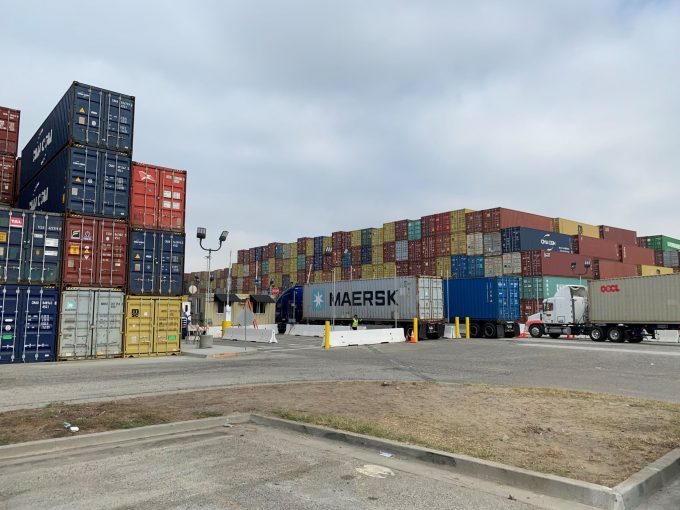Seko Logistics names Gordon Branov new CEO following recapitalisation
Seko Logistics has appointed Gordon Branov (above) as its new CEO, effective from Monday. Mr Branov ...

Walmart has developed an empty space near the ports of Los Angeles and Long Beach into a pop-up container yard.
The aim is to store containers off dock and alleviate the pressure the ports have come under since import volumes rebounded so heavily last year.
“Check this ...

Comment on this article